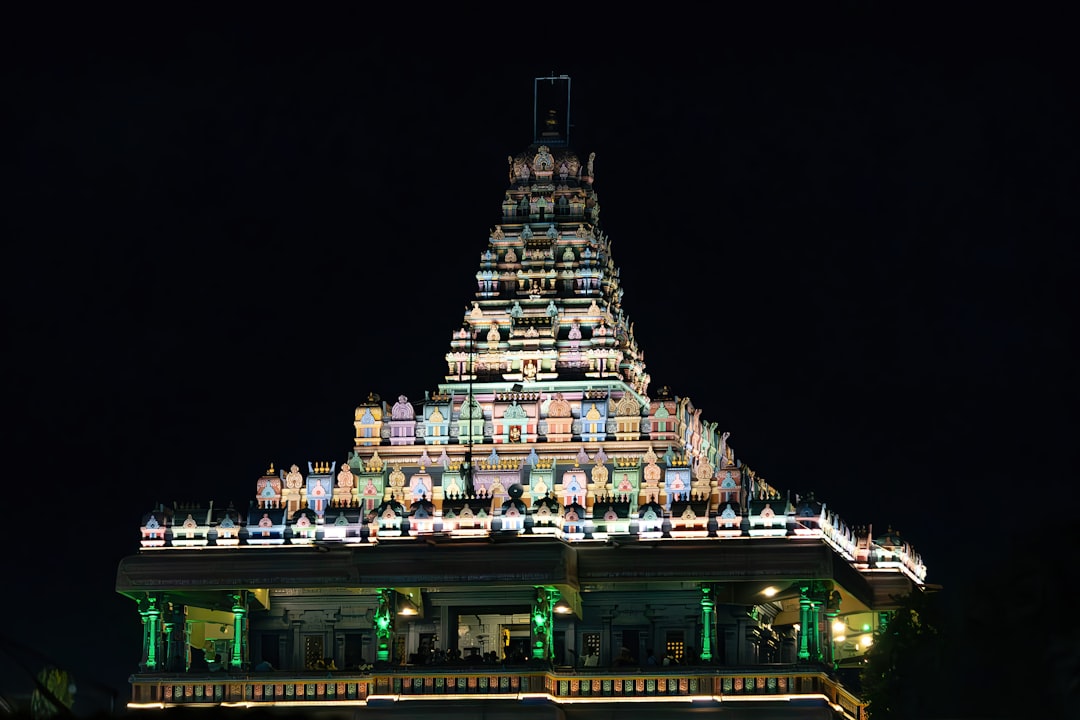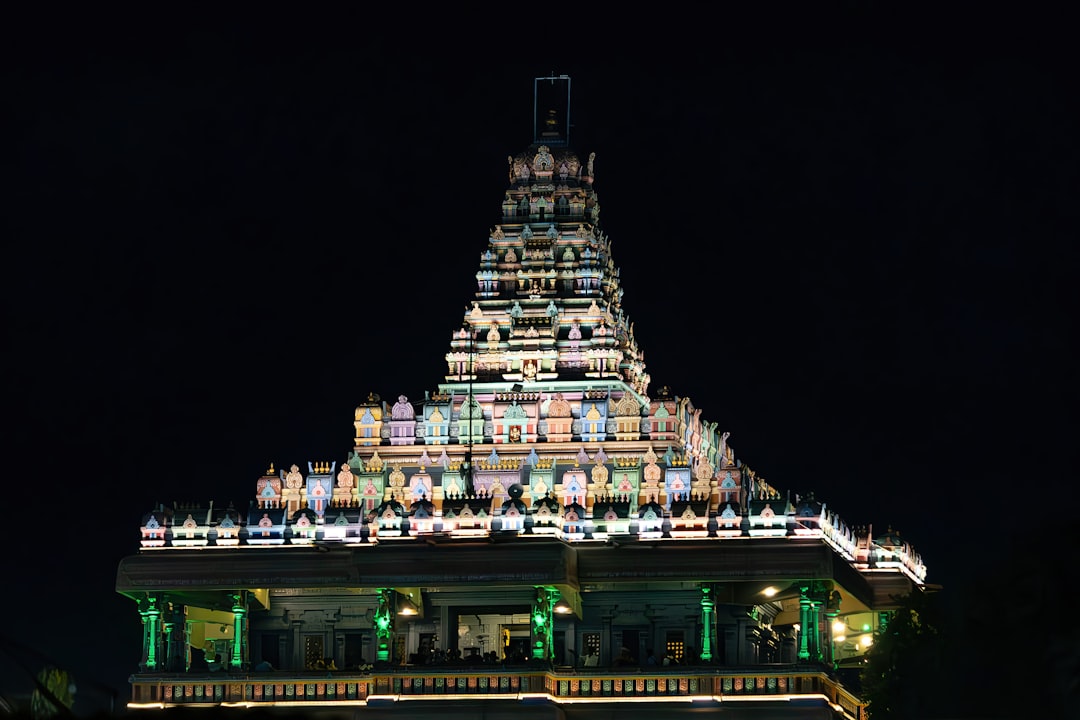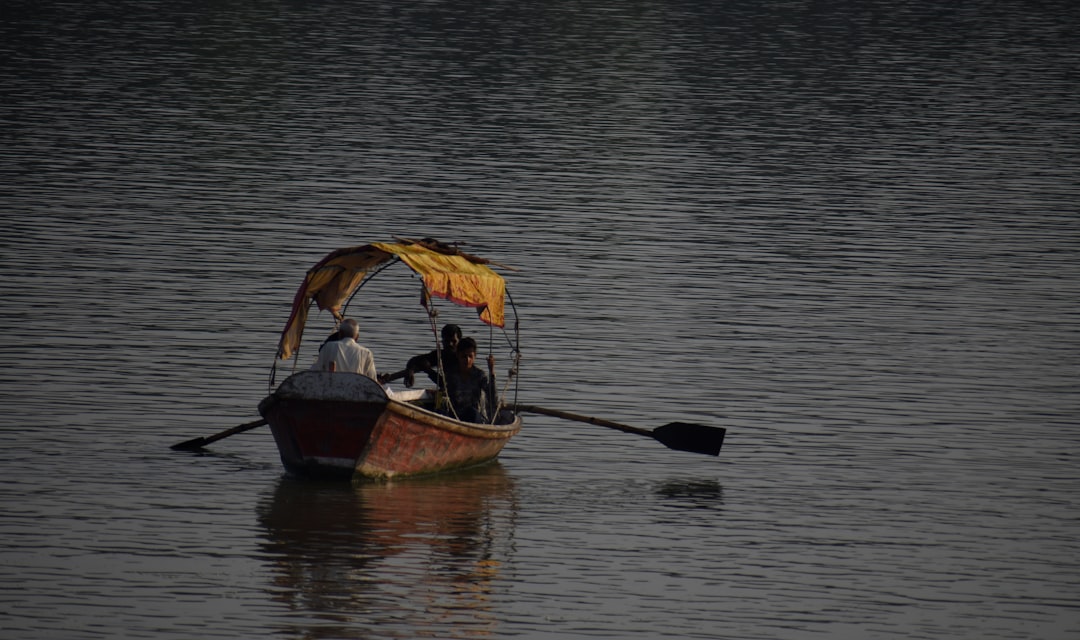Prayagraj, a city steeped in history and spirituality, faces significant hurdles in preserving its rich heritage. From ancient temples to colonial-era buildings, the city’s cultural landscape is a treasure trove that requires careful attention. But protecting this legacy isn’t always easy. Let’s explore some of the major challenges Prayagraj faces in its heritage preservation efforts.
Rapid Urbanization and Development
One of the biggest threats to Prayagraj’s heritage is rapid urbanization. As the city grows, there’s increasing pressure to build new infrastructure, including roads, buildings, and commercial centers. This often happens at the expense of historical sites and traditional neighborhoods. Older structures may be demolished to make way for modern development, leading to the loss of valuable cultural assets. The balance between progress and preservation is a constant struggle.
Lack of Awareness and Education
Sometimes, people aren’t fully aware of the importance of heritage preservation. Without proper education and awareness campaigns, local communities may not understand the historical significance of certain buildings or areas. This can lead to neglect, damage, or even intentional destruction of heritage sites. Raising awareness among residents, especially the younger generation, is crucial for fostering a sense of responsibility and pride in their cultural heritage.
Limited Funding and Resources
Preserving historical sites requires significant financial investment. Unfortunately, many heritage preservation projects in Prayagraj suffer from a lack of adequate funding. This can make it difficult to carry out essential repairs, restoration work, and maintenance. Without sufficient resources, heritage sites may deteriorate over time, eventually losing their historical value. Securing funding from government agencies, private donors, and international organizations is essential for effective heritage preservation.
Environmental Factors
The environment itself can pose a major threat to Prayagraj’s heritage. Factors like pollution, climate change, and natural disasters can accelerate the deterioration of historical buildings and monuments. Air pollution, for example, can damage stone structures and erode intricate carvings. Flooding, a recurring problem in Prayagraj, can also cause significant damage to heritage sites located near the rivers. Protecting heritage sites from environmental threats requires careful planning and mitigation strategies.
Encroachment and Illegal Construction
Encroachment, or the unauthorized occupation of land, is another serious challenge. Many historical sites in Prayagraj are vulnerable to encroachment, with illegal construction taking place in and around protected areas. This not only damages the historical integrity of the sites but also makes it difficult to carry out preservation work. Strict enforcement of regulations and effective monitoring are necessary to prevent encroachment and illegal construction.
Inadequate Legal Framework and Enforcement
While India has laws to protect heritage sites, their implementation can be weak in Prayagraj. A strong legal framework is crucial, but it’s equally important to enforce these laws effectively. This includes punishing those who damage or destroy heritage sites and preventing illegal construction in protected areas. Strengthening the legal framework and improving enforcement mechanisms are essential for ensuring the long-term preservation of Prayagraj’s cultural heritage.
Need for Skilled Professionals
Heritage preservation requires specialized skills and expertise. There’s a growing need for skilled architects, conservators, historians, and archaeologists who can work on restoration projects. However, there’s often a shortage of qualified professionals in Prayagraj. Investing in training programs and educational initiatives to develop a skilled workforce is crucial for ensuring the success of heritage preservation efforts.
The Kumbh Mela and Infrastructure Strain
The Kumbh Mela, a massive religious gathering held periodically in Prayagraj, places immense strain on the city’s infrastructure. While the event brings significant economic benefits, it also leads to increased pollution, congestion, and damage to heritage sites. Managing the impact of the Kumbh Mela on heritage sites requires careful planning and coordination. Protecting historical sites during and after the event is a major challenge.
Lack of Community Involvement
Heritage preservation is most effective when it involves the active participation of local communities. Unfortunately, there’s often a lack of community involvement in preservation efforts in Prayagraj. Engaging residents in decision-making processes, educating them about their heritage, and empowering them to take ownership of preservation projects can significantly improve their success. Building strong partnerships between government agencies, heritage organizations, and local communities is essential.
Religious Sentiments and Conflicting Interests
In a city as religiously significant as Prayagraj, religious sentiments can sometimes conflict with heritage preservation efforts. Certain historical sites may be claimed by different religious groups, leading to disputes and challenges in managing these sites. Balancing religious interests with the need to preserve historical integrity requires sensitivity, diplomacy, and a commitment to inclusive decision-making.
Frequently Asked Questions
What can I do to help preserve Prayagraj’s heritage?
There are many ways you can help! You can start by learning more about the city’s history and sharing that knowledge with others. Support local heritage organizations, participate in community clean-up efforts, and report any instances of damage or illegal construction to the authorities. You can also advocate for stronger heritage protection policies and encourage responsible tourism.
Why is heritage preservation important?
Heritage preservation is important because it helps us connect with our past, understand our cultural identity, and appreciate the achievements of previous generations. Historical sites provide valuable insights into our history, art, architecture, and social customs. Preserving them ensures that future generations can learn from and enjoy these treasures.
How can technology help in heritage preservation?
Technology can play a significant role in heritage preservation. Digital documentation techniques, such as 3D scanning and virtual reality, can be used to create detailed records of historical sites. These records can be used for restoration projects, research, and education. Geographic Information Systems (GIS) can also be used to map and monitor heritage sites, helping to prevent encroachment and manage risks.
Prayagraj’s heritage is a valuable asset that deserves our protection. By addressing these challenges and working together, we can ensure that the city’s historical treasures are preserved for future generations to enjoy.



